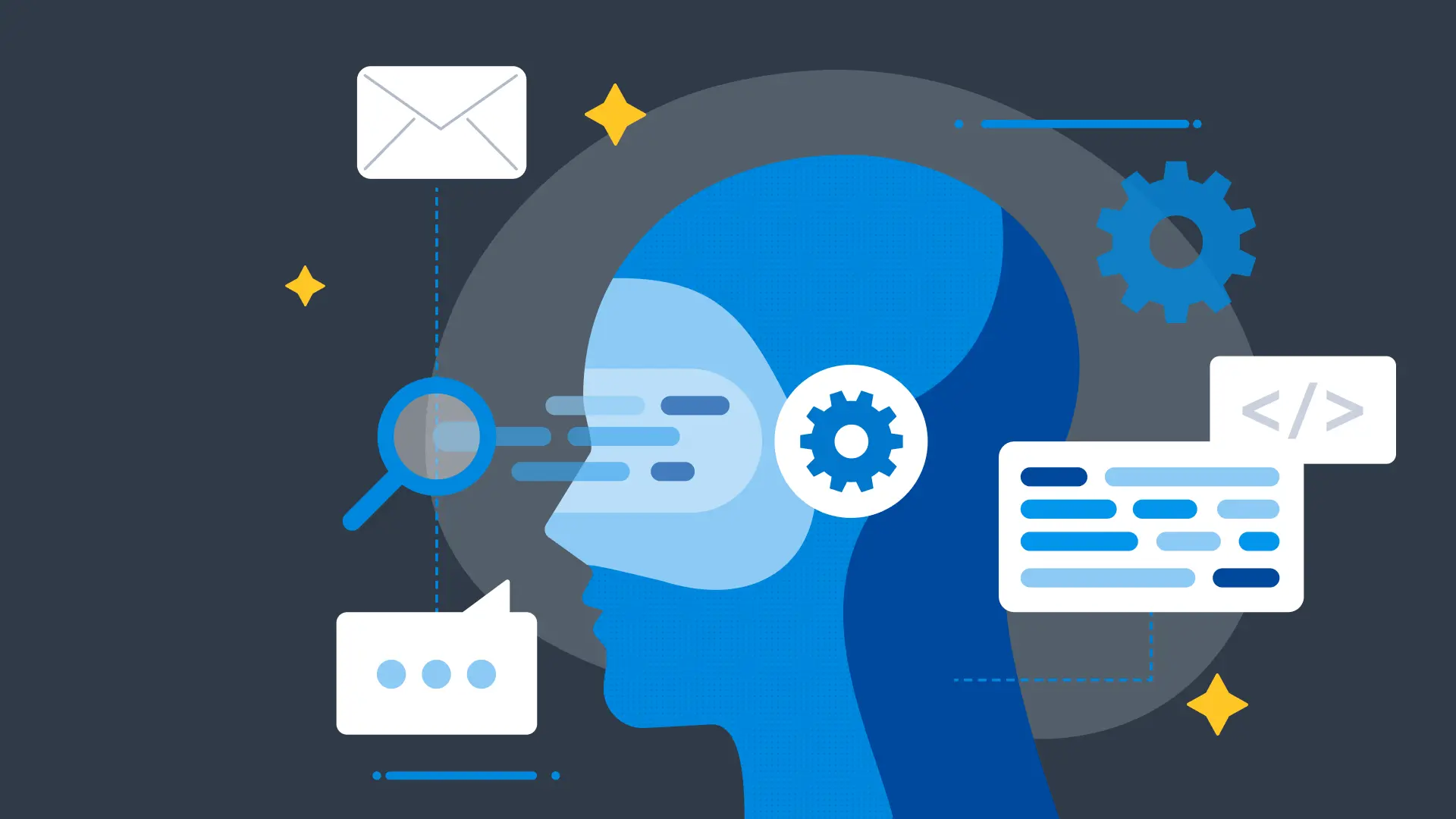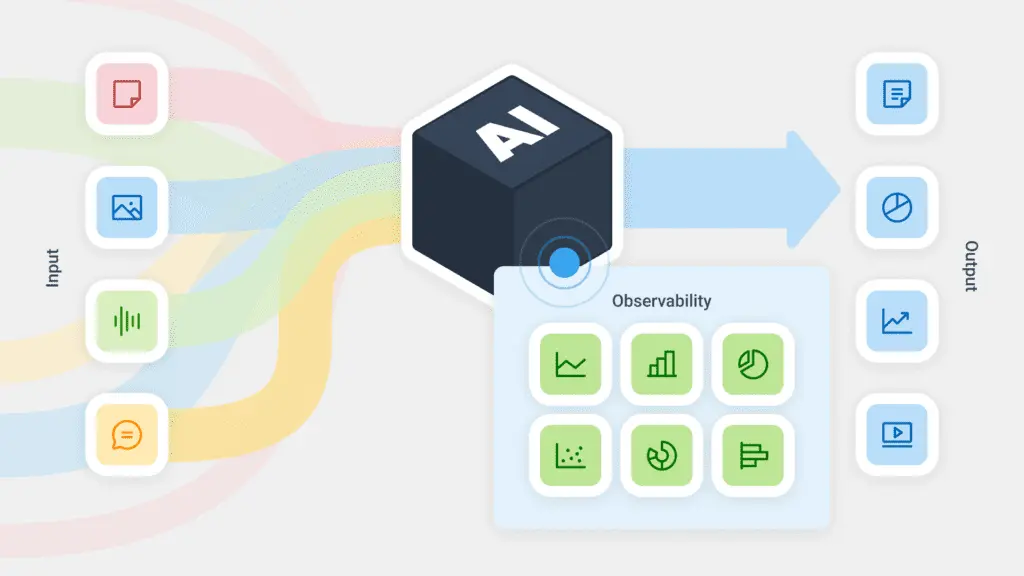AI Observability: The Key to Scaling AI systems

By: Phillip Carter

Artificial intelligence (AI) is solving real-world use cases for people worldwide. From personalized recommendations and fraud detection to generative tools and autonomous systems, AI systems no longer exist in software development as research or experimental projects. In fact, according to the latest DORA State of DevOps report, 81% of companies surveyed said they’re prioritizing AI in their workflows. As machine learning (ML) models move from prototype to production, teams face the challenge of scaling these models while ensuring reliability, performance, and trustworthiness.
Building with AI may feel like a black box, but it doesn’t have to be. Introducing observability into your AI systems solves this challenge—and more. It helps teams monitor performance, detect anomalies, troubleshoot failures, and continuously improve models at scale. AI observability gives engineers real-time visibility into how AI systems behave in complex and changing environments. It goes beyond traditional monitoring to offer a richer layer of context—revealing not just what happened but why it happened.
What is AI observability?
AI observability is an approach that gives engineers the context they need to understand, troubleshoot, and optimize their AI systems. AI observability is the key to scaling AI systems. At Honeycomb, we take a unique approach to AI observability by delivering actionable insights, enabling real-time debugging, and adapting to the unpredictability of AI systems. By surfacing meaningful signals, we empower teams to scale AI with the same rigor and speed as modern software.

The growing need for AI observability
AI systems in production are introducing challenges that traditional monitoring tools weren’t built to handle. These systems are often dynamic black boxes continuously evolving, making them harder to observe, debug, and maintain. AI observability helps teams meet these challenges head-on by providing visibility into system behavior, model performance, and operational risks. AI observability helps teams understand not just what happens but why it happens. Here are some of the challenges that AI observability helps solve.
Complexity and unpredictability of AI systems
Modern AI systems are complex and often nondeterministic. For example, systems that leverage large language models (LLMs) are nondeterministic, meaning they can produce different outputs given the same input depending on shifts in content, data, or prompt phrasing. The unpredictability makes traditional monitoring methods insufficient on their own. We wrote a blog on improving LLMs in production that explains how to use observability to build confidence, troubleshoot edge cases, and improve the quality of results.
Continuous model updates and versioning
It’s common to adjust, retrain, or update a model to improve performance or incorporate new data. But without observability, it’s hard to know whether a new version introduces regressions or other unintended consequences. AI observability enables version tracking, comparison, and impact analysis so teams can confidently deploy updates and catch issues early.
Compliance and trustworthiness
Many regulated use cases exist for AI systems, including using AI for medical diagnoses, financial decision-making, or legal document review. AI observability supports compliance efforts by enabling detailed audit trails, traceable decision-making, and insights on how models behave across different conditions. It’s critical for aligning AI development with frameworks like GDPR, HIPAA, and other regulatory standards.
Key components of AI observability
Effective AI observability consists of core components that offer insights into model behavior, system performance, and user impact.
Monitoring
Monitoring establishes the baseline for performance and helps teams detect when something is off. Monitor infrastructure and model-specific metrics to ensure your AI system operates within acceptable bounds. For example, monitor the latency of generated outputs, the throughput on processing to monitor expected traffic volumes, and the error rates of a system to keep track of model degradation or input anomalies.
Logging
Structured logs expose relevant details on model inference and relevant system components. They include information about the inputs, outputs, decisions, and metadata to help engineers understand how a model arrived at a particular prediction or action and can support audits or compliance reviews.
Tracing
Tracing connects dependencies and shows how different services interact with the model. Follow requests as they move through your AI system from ingestion to inference to response. Traces will help understand the flow of requests and pinpoint where slowdowns or failures occur.
Model performance tracking
Track metrics that describe model quality and performance in production. Key performance indicators include accuracy, precision, recall, and drift over time. These metrics are critical for understanding how model effectiveness changes as data and use cases evolve.
Exploratory querying
Observability goes beyond the known and should include the ability to uncover system insights. Engineers use high-cardinality, high-dimensional querying to understand granular patterns, relationships between components, and edge-case behaviors amongst system events.
Alerting
Alerts notify teams when the model or system behaves unexpectedly. It gives engineers observability into their systems based on the thresholds and triggers for abnormal behavior, such as drops in accuracy, unusual spikes in error rates, or output distributions that deviate from the training baseline. Alerting enables real-time awareness and fast responses when things go wrong.
Visualizations
Another component of observability are the dashboards and user interfaces that display metrics, logs, traces, and insights for decision-makers. For example, you can use dashboards to track costs, prediction confidence, and model health. A good dashboard surfaces the right signals, aligns teams, and supports faster decision-making.
Implementing AI observability
Getting started with AI observability means integrating observability into every stage of the model lifecycle, from development to deployment and iteration. We’ve seen teams succeed when they treat AI like software—instrumenting deeply, validating frequently, and collaborating across roles. We have resources to help put this into practice, including our guide to generative AI applications and blog on using Honeycomb for LLM application development.
The future of AI observability
How we observe, understand, and trust our systems has to evolve with the AI landscape. AI observability isn’t just a nice-to-have—it’s becoming a critical need for any team deploying AI at scale. Honeycomb’s approach to observability in the age of AI is rooted in helping teams build high-performing, humane organizations. We believe that software should be understood not only by engineers, but also by the entire business.
With the right insights, teams can move faster, build smarter, and confidently scale AI.